President of Renault Owners of America: The Recent Sale of a Vanderbilt Renault at Amelia Island
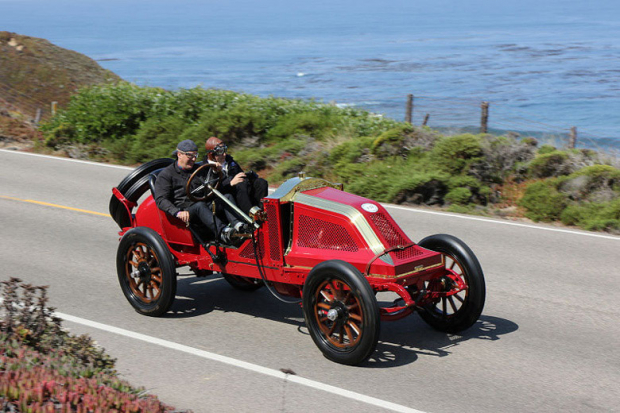
Marvin McFalls has forwarded this article on the recent sale of Robert Kaufmann's Vanderbilt Renault at Bonham's Amelia Island Auction. Congratulations to the proud new owner: My friends at the Audrain Automobile Museum in Newport, Rhode Island.
Be Safe and Enjoy!
Howard Kroplick
The Sale of a Vanderbilt Renault
President & Renault New Editor, Renault Owners of America
No person was more integral in the birth of early American motor racing than William K. Vanderbilt Jr. Wille K, first cut his teeth on a De Dion Bouton motorized tricycle, but quickly moved to automobiles, soon acquiring his first race car a 23 hp Daimler. By 1900 he was organizing his own races in Newport, Rhode Island and competed in city to city races in Europe first driving a Mors Model Z, then switching to Mercedes. By 1904 he was the world record holder in the flying mile, and that same year he hosted an international race on Long Island, in New York. Calling his new race the Vanderbilt Cup, it was an instant success, quickly becoming the most important of all motor races in America, if not the world.
In 1906, Willie K attended the world’s first Grand Prix, held in LeMans, France, which was won by Renault. Typical top level racers of the period were chain driven, with huge displacement engines. Louis Renault had revolutionized the automobile with his direct-drive, System Renault, and for the second time, had beaten the world’s best with one of his racers. While most of these top-tier racers were built by the factories at great expense, to this point, lower forms of racing were done in fairly unsophisticated racers often based on modified passenger cars. Following the Grand Prix, Willie K commissioned a series of production racers built by Renault. This batch of cars were based on their top of the line, smaller but taller riding, 35/45hp production car known as the Type AI.
At that time, to meet the new regulations of the American Automobile Association Racing Board for a stock car class racer, at least ten examples had to be created. But at a cost of $8,500 each for just the chassis, even though the price was great, they were able to sell Willie K and ten of his New York, High Society friend’s cars. Referred to as the Vanderbilt Renaults, their official designation were Type AI Series C. Featuring a 7.4 litre engine that had a bore of 130mm (5.1 inches) and a stroke of 140mm (5.5 inches), with shaft driven four-speed transmission. It had a wheel base of 112- ½ inches. These car had comparable body work to the Grand Prix cars, and at first glance appeared to be a smaller version of the French race winner. Some were outfitted with road equipment including: Lights, fenders, and ornamental horns, while others were just bare boned racers.
The Vanderbilt Renault was introduced to the press in Paris in July of 1907, and then were delivered to their new owners in New York later that summer. A twelfth car was also delivered to the Renault Freres Selling Branch in New York. Where the Vice-President and General Manager Paul LaCroix, along with his newest employee, Maurice G. Bernin, boarded a train bound for Chicago with the Vanderbilt Renault on board. The duo planned to drive the Vanderbilt Renault from Chicago back to New York, at a new record pace. While the attempt was unsuccessful, the pair then entered it in Morris Park 24 hour race on September 6 – 7, and went on to an impressive victory. Completing 1,079 miles at an average speed of 45 mph for the day, setting the American Circuit Track record.
Over the next two racing seasons, various Vanderbilt Renaults were campaigned in hill climbs, road and track events, but by 1910 they were obsolete as racers, and quickly disappeared from the public eye. By the late 1920’s a movement had begun to preserve old cars, referring to these vehicles as Veterans, and Kirkland H. Gibson Jr, Marcus Chambers and George Waterman had all discovered Vanderbilt Renaults prior to World War II.
James Melton acquired one in Ridgefield, Connecticut in 1946, though it reportedly had been there since the 1920s. Melton, was a famous radio and opera singer, and became an early prominent collector of Veteran automobiles. Next, its ownership passed on to William Spear Jr. Spear was a top racing driver and had competed in several 24 Hours of Le Mans races. During Spear's ownership the car was often displayed at Briggs Cunningham's collection. In 1957, Indianapolis Speedway owner Tony Hulman, acquired the car for the Indianapolis Speedway Hall of Fame Museum. Hulman had paid Spear, which at time was an incredible sum, of $7500 for the car. The car remained in the Speedway Museum for nearly 60 years, until it was purchased by the Robert Kauffman of Charlotte, North Carolina.
Under Kaufmann’s ownership the racer had its gearbox rebuilt and received paint and interior work. While renewing the interior the original upholstery was discovered underneath what had been on the car since the 1950s. This was carefully removed and new leather that closely matched the original was found and installed. In 2017 the car competed in the Wilbraham Vintage Hill Climb, scoring the fastest time for a pre-WWI racer. Next it completed the Pebble Beach Tour D'Elegance, then It joined the 110th anniversary reunion of the four, American owned, Vanderbilt Renaults held at Pebble Beach, winning the Pre-War Racing Class, The Phil Hill Trophy and the Revs Institute Award.
Early in 2020, it was announced that the Melton/Spear/Indy/Kaufmann Vanderbilt Renault would again change hands, as it was entered in the Bonhams Amelia Island Auction. Ahead of the auction the sale was well advertised and the car was even pictured on the back cover of the catalog. The Auction was held at the Fernandina Beach Golf Club on March 5. The auction began at 11:00AM, but it would be a number of hours before lot 159 would drive on to the block.
As the time finally arrived, even before the car was fired, Bonhams had prepared a video highlighting the car, then the car took center stage. The auctioneer had announced various proxy or opening bids prior to other cars being sold, and in the case of the Vanderbilt Renault he declared an opening bid of two million dollars. The reaction to this statement was mixed, as many cheered while others gasped. A series of $100,000 bid increases took place between a bidder on the front row, and a phone bidder. By the time the bid reached 2.4 million dollars, new offers had decreased to $25,000 increments. Though the volleys continued, it became clear that the front row bidder was being advised by Donald Osborne, the car appraiser on Jay Leno’s Garage. Also at some point the auctioneer announced that the phone bidder was in Europe.
By the time the bid had reach $2.8 million the pauses grew longer between each bid. On at least one occasion, the auctioneer reached final call before receiving another bid. As each new bid came in, the auctioneer would state that if no further bids came in the car would either stay in America or return to Europe. When the bidding reached the three million dollar mark, the crowd exploded in a cheer, and the auctioneer was quick to state that it was back in European hands. Then, the front row bidder conferred with his advisor, and then increased the bid another $25,000. Three million must have been the European bidder’s breaking point, because his proxy on the telephone said he was out, the auctioneer quickly asked if there were any other bidders, gave three warnings and dropped the hammer.
The crowd again cheered, and as the excitement began to finally wane, the auctioneer then asked the bidder if it would be all right to announce the new owner of the Vanderbilt Renault. The bidder agreed, and the auctioneer stated the car would now be residing in Newport, Rhode Island, in the Audrain Automobile Museum. Then the Vanderbilt Renault was pushed off the block and the next car drove on.
While the term million dollar car has been associated with the Vanderbilt Renault for more than a decade. When the Ex George Waterman car was sold for $1.1 million at the Gooding & Company Auction held on October 21, 2006. Now the term multi-million dollar car will need to be used, because after auction fees, the final price came to $3,332,500. Quite a sum, from the estimated between $15,000-19,000 original price tag back in 1907. While it will probably be another decade or more before another one of these gems directly tied to racing pioneers, Renault and Vanderbilt come up for sale. In the meantime, it will be interesting to see how other examples from the Renault marque will fare.
Watch the Vanderbilt Renault being sold at the 4:01.23 mark.
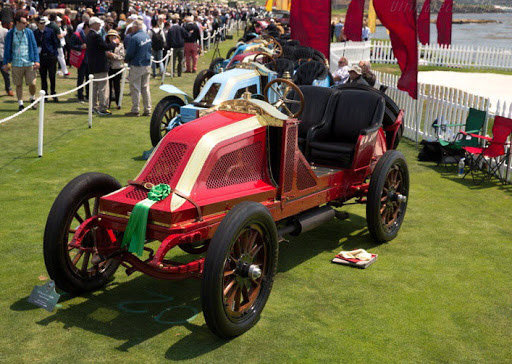
Courtesy of Marvin McFalls
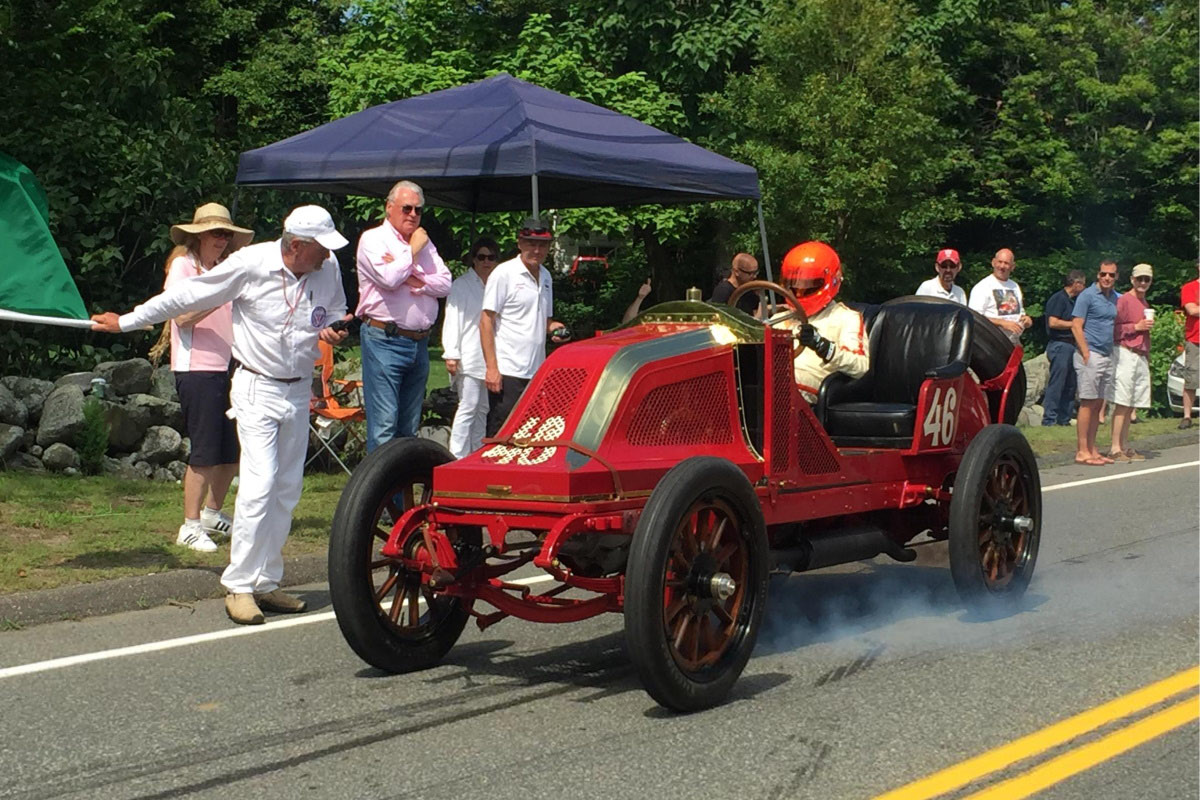
Startling line at the 2017 Wilbraham Vintage Hill Climb from Newatlas.com
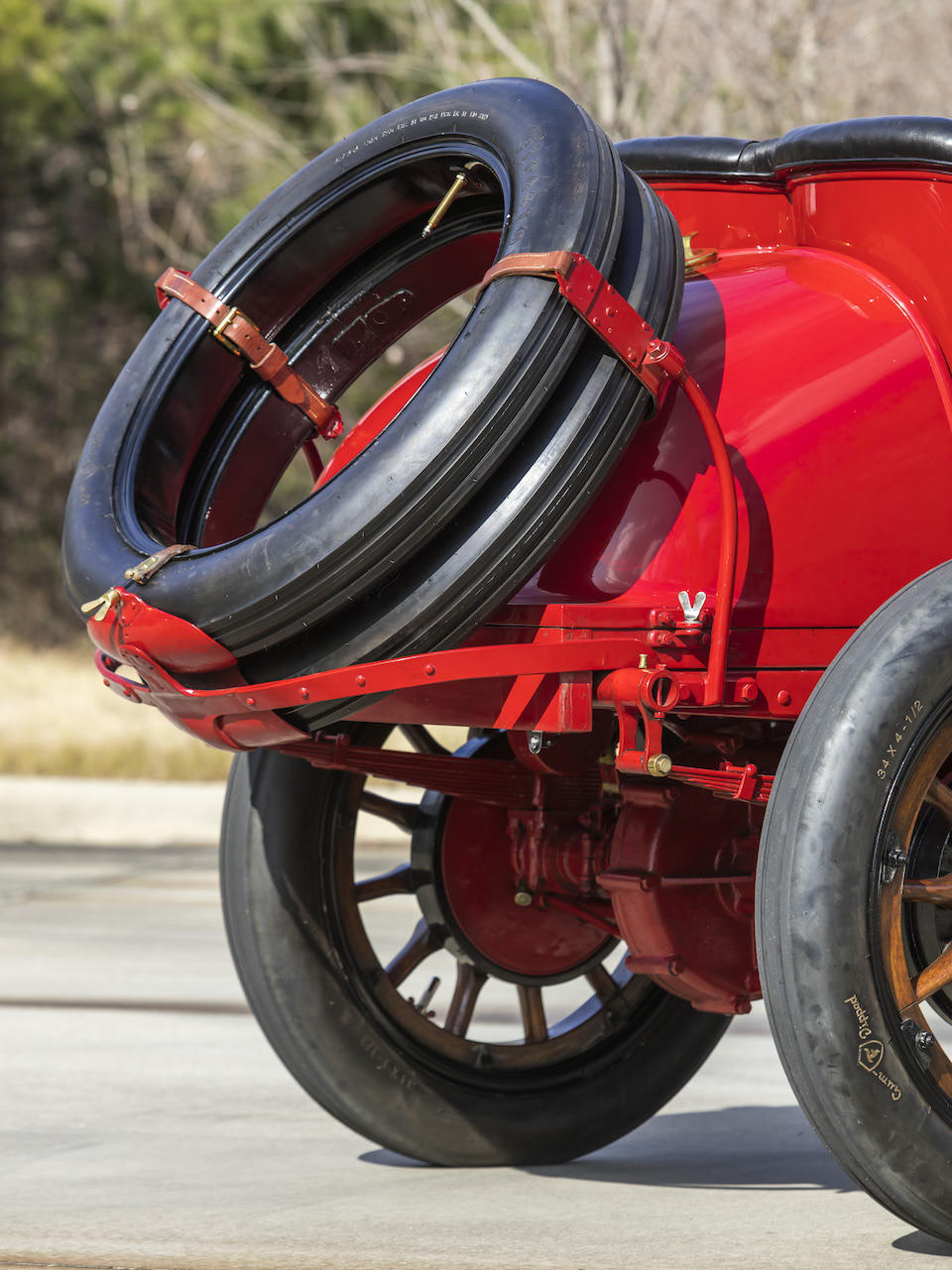
Courtesy of Bonhams.com
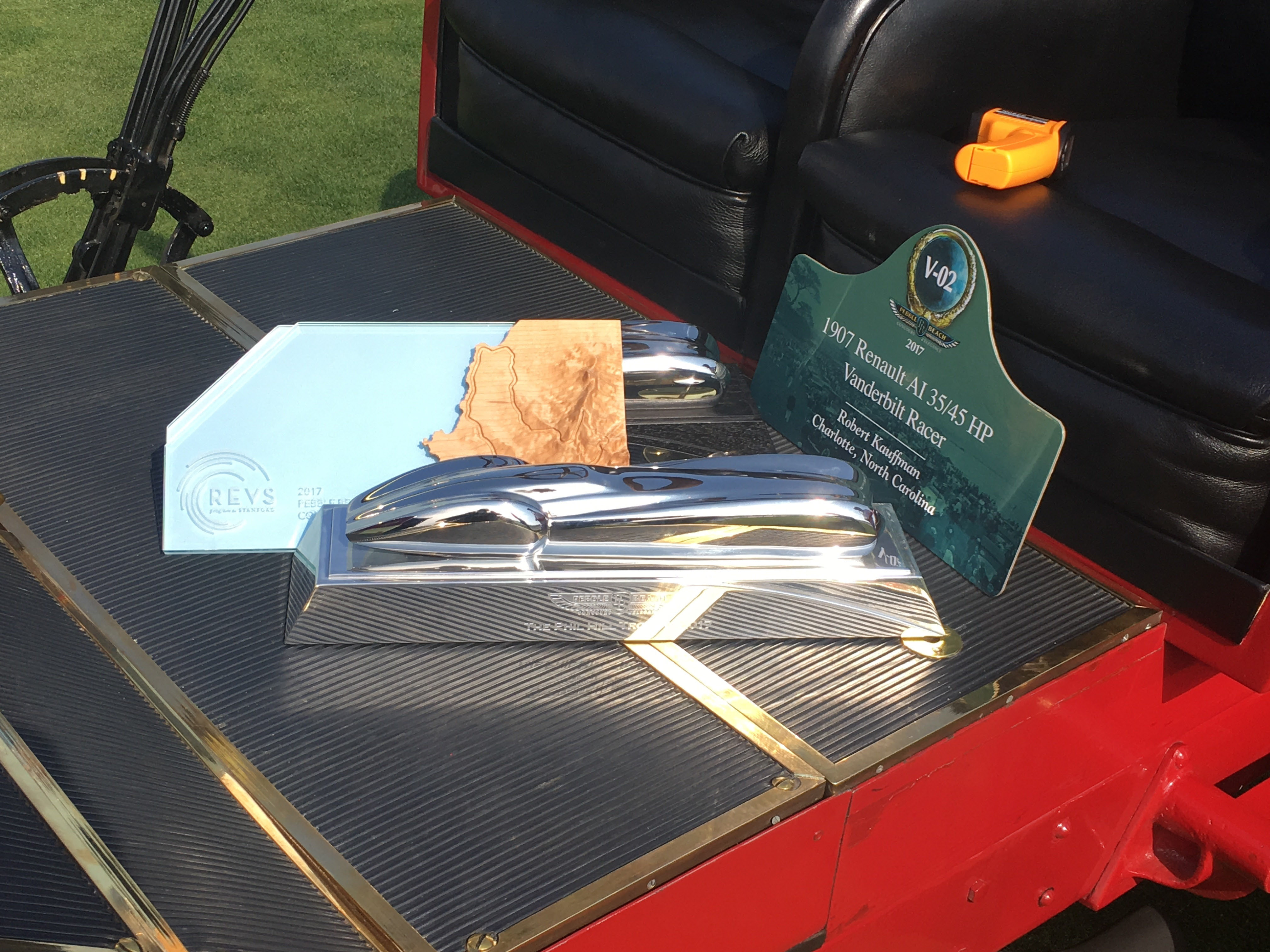
Courtesy of Marvin McFalls
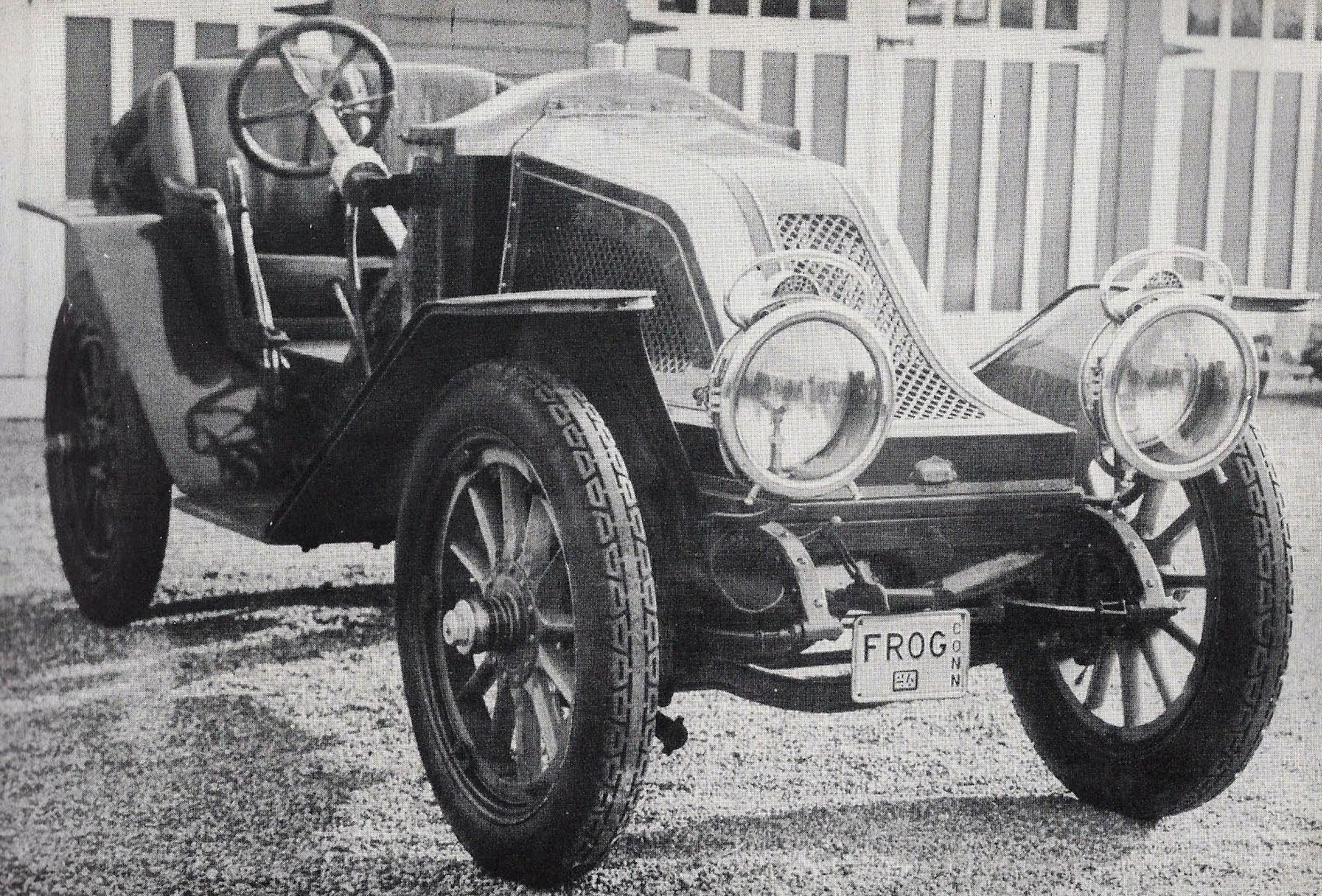
The Vanderbilt Renault when owned by James Melton
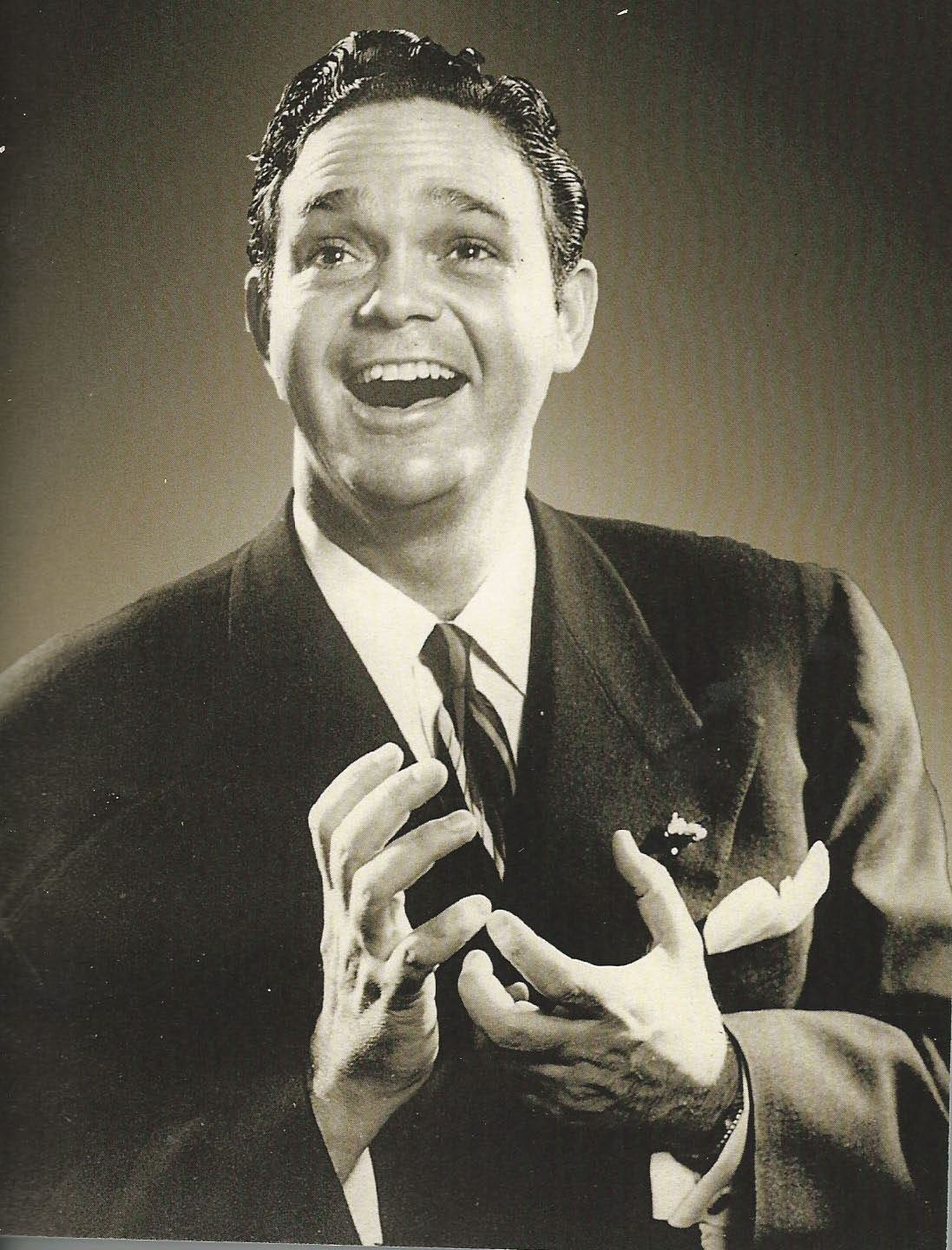
James Melton

Comments
There’s a giant 1912 Renault 40CV Victoria Phaeton and a somewhat-smaller 1924 Renault K5 Torpedo up here at the Lars Anderson but I’m off to Newport, only an hour away, as soon as the virus subsides, Audrain reopens, and the VCR car is on display. Sam, III
There is a 1907 Vanderbilt Renault in Australia.
It had layed derelict and unnoticed by passers by on a Qld property for decades.
Right place, right time!